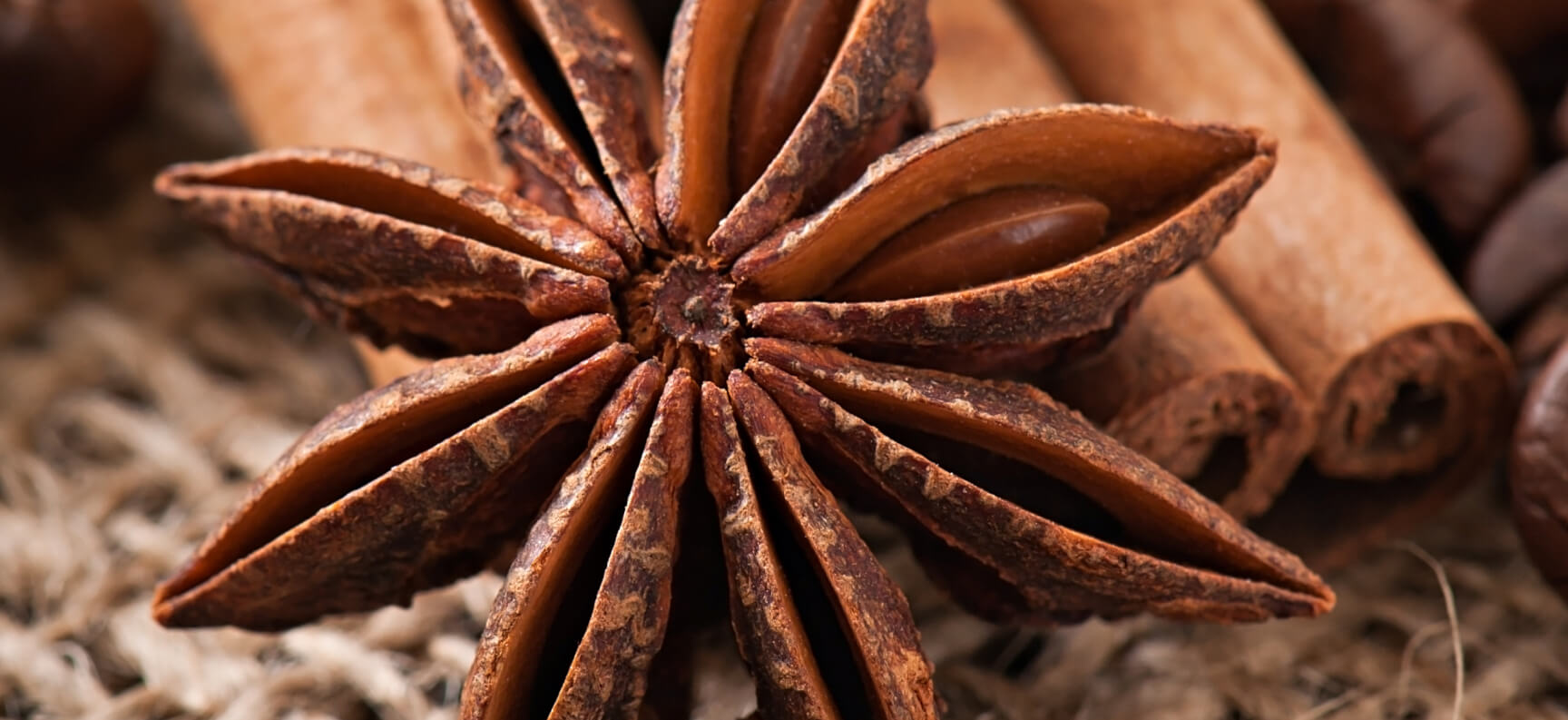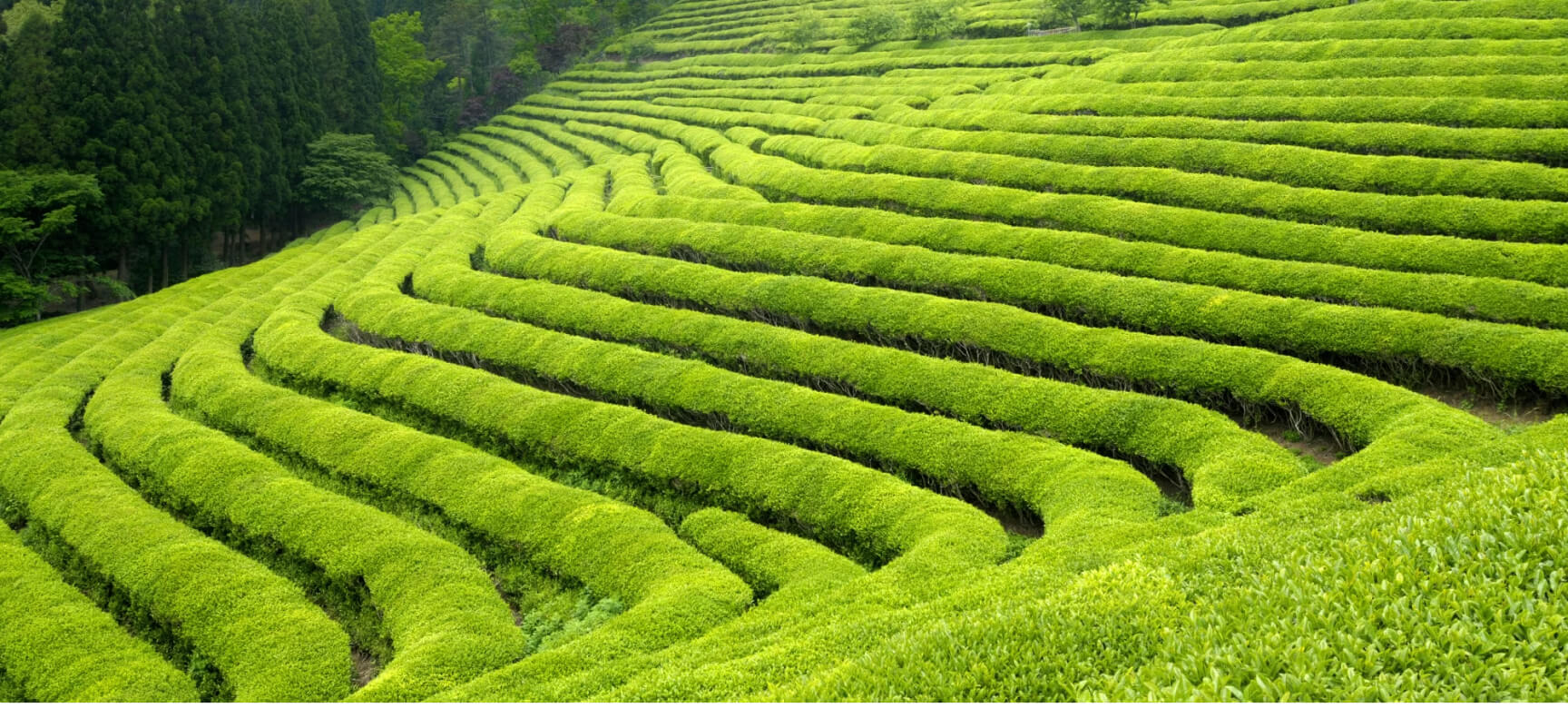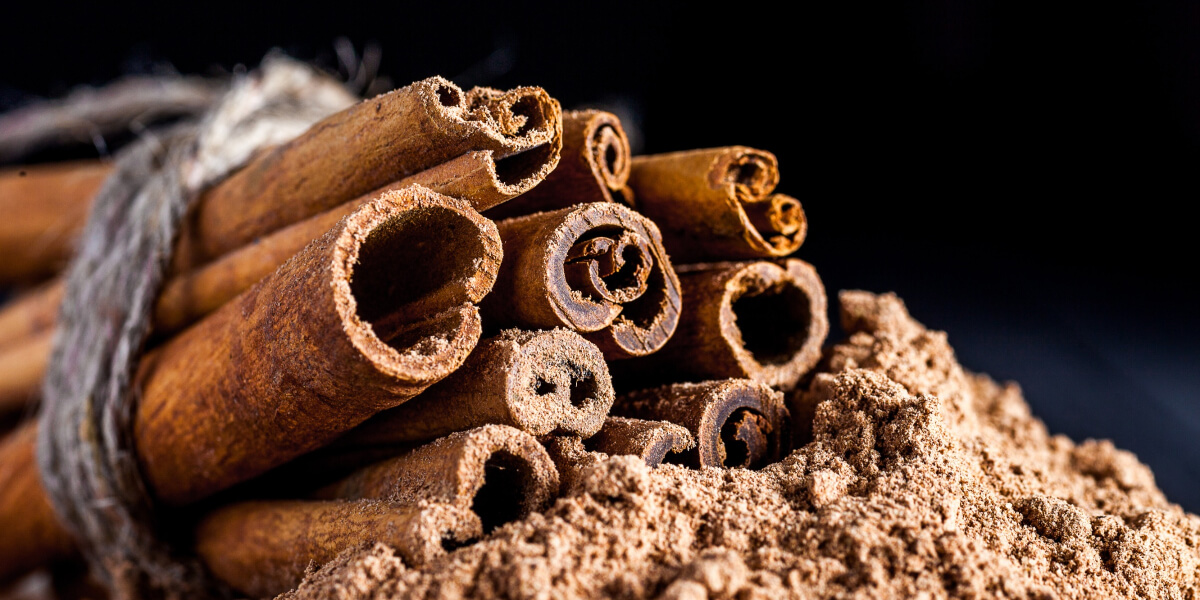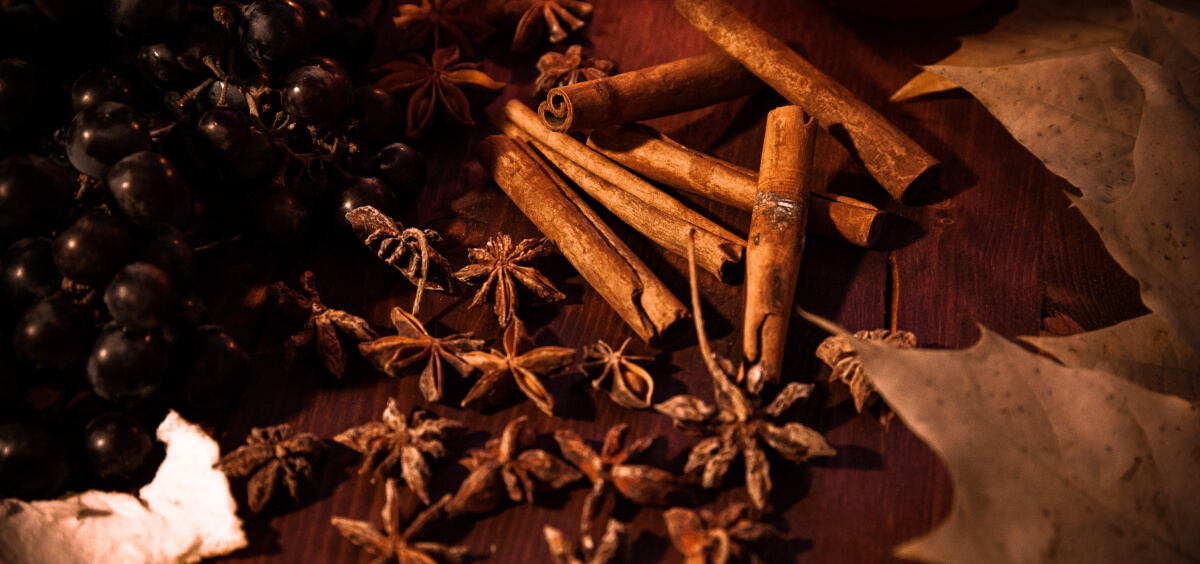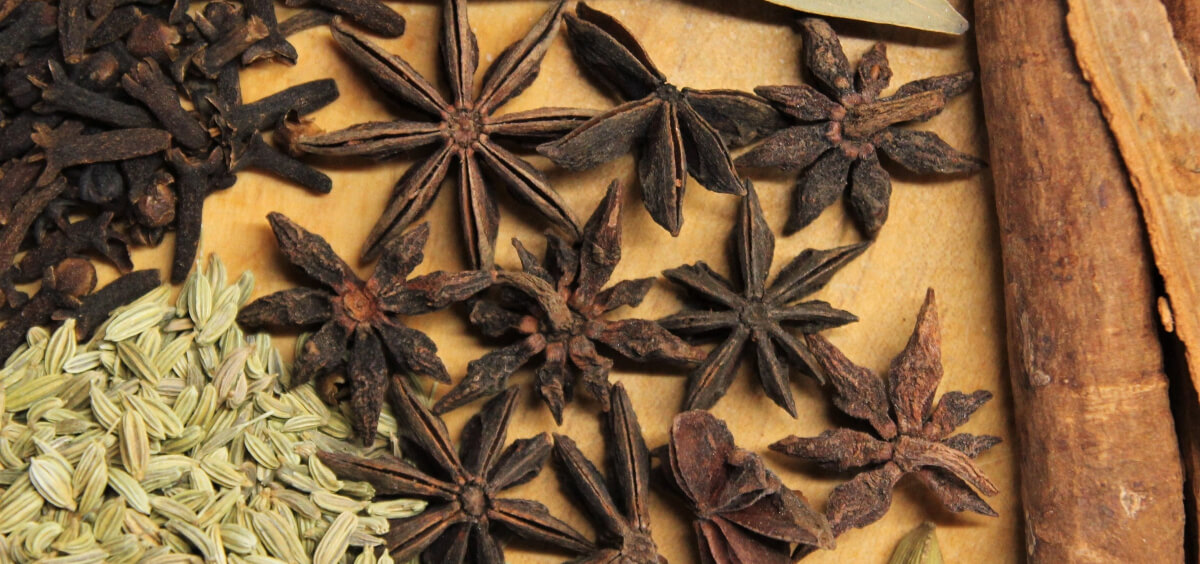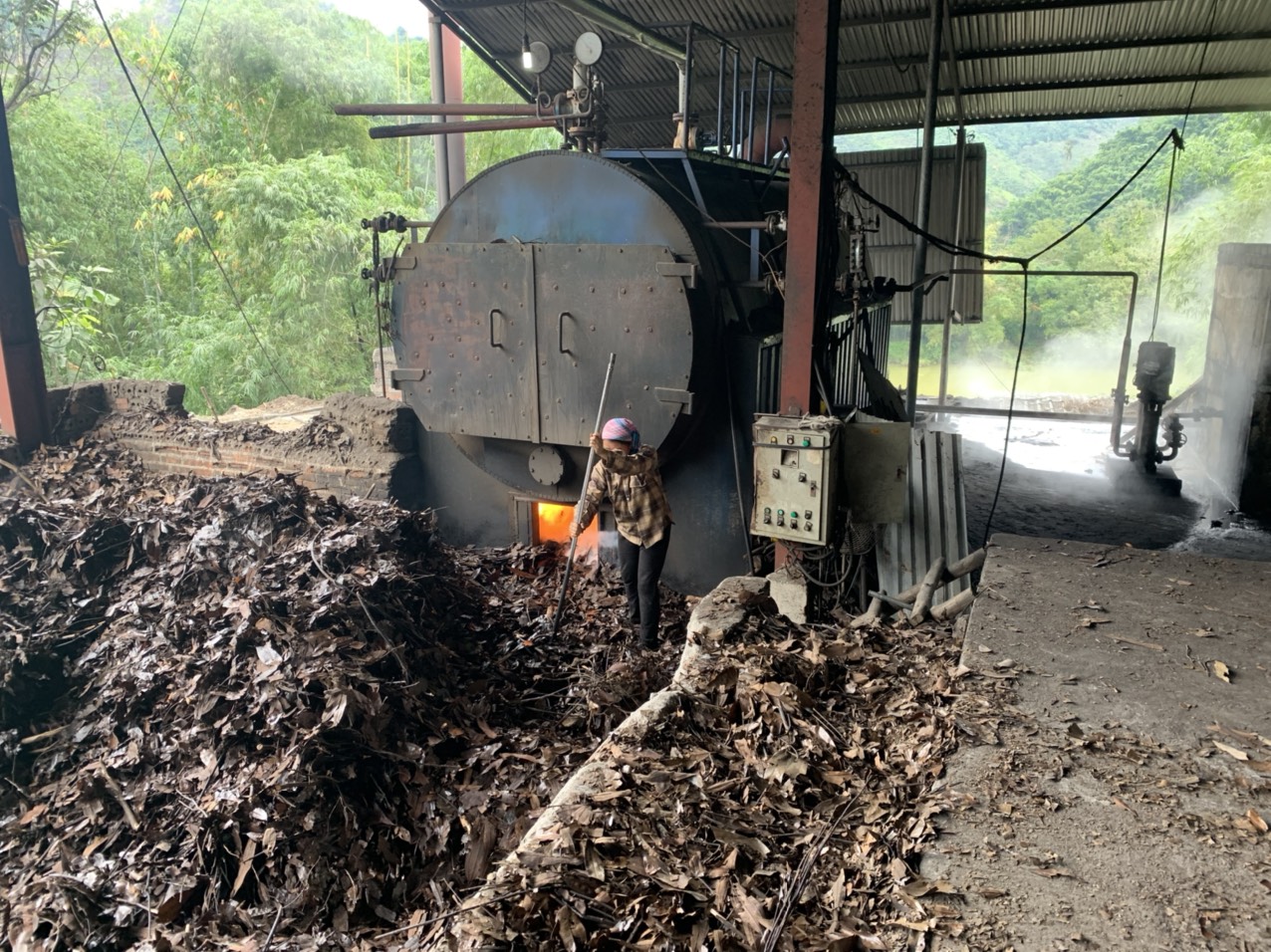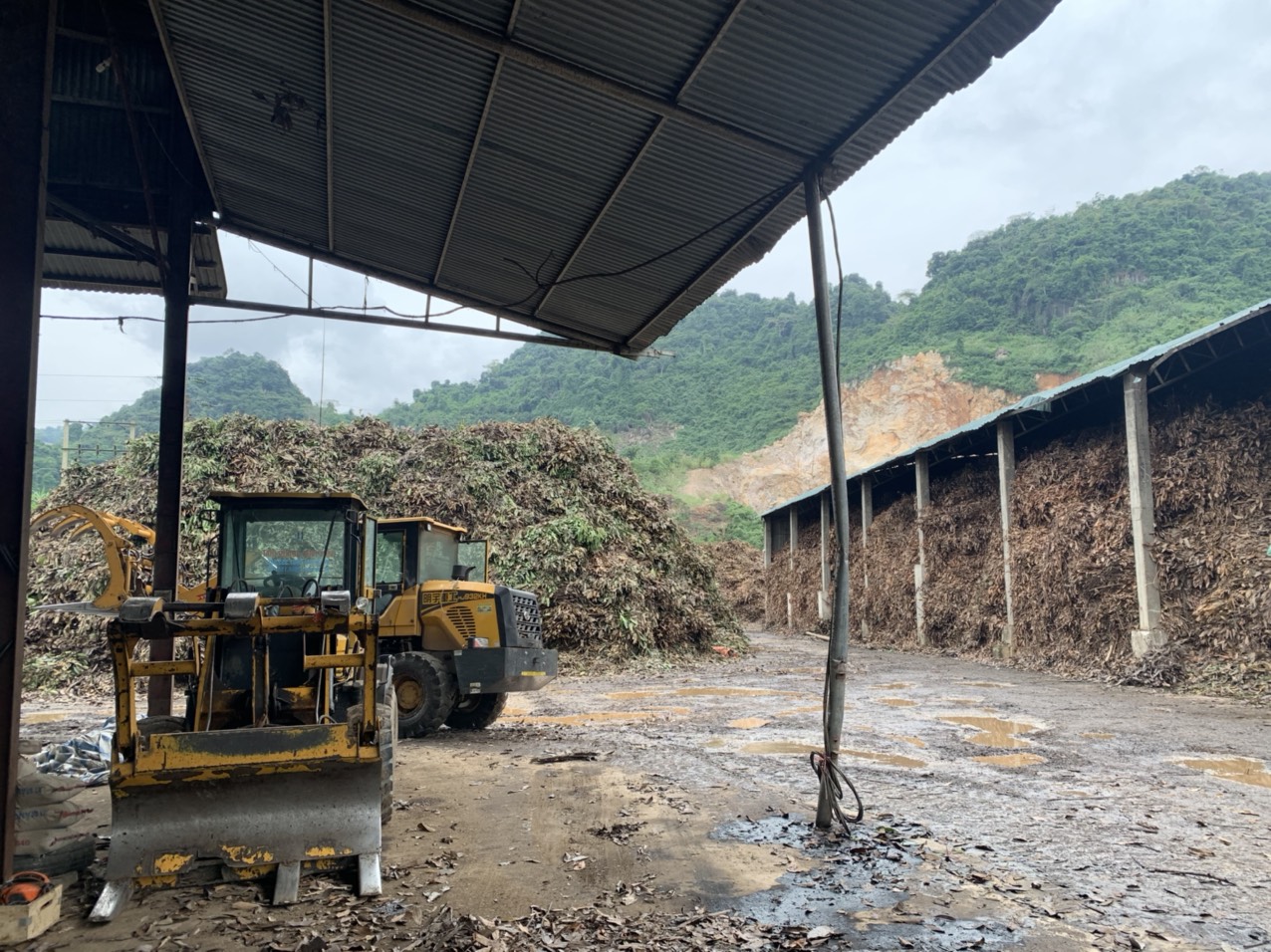
The Cinnamon raw material area is Rich and Vast
Vietnam's Cinnamon raw material area is rich and large; distributed in the northern mountainous provinces of Vietnam (Yen Bai, Lao Cai, Ha Giang), and some central provinces (Thanh Hoa, Quang Nam). The cinnamon growing area as of early 2022 is about 150,000 hectares, and is still constantly expanding because this is a product with promising export value.
Vietnam is the third largest exporter of cinnamon products in the world
Over the past 10 years, VIPSEN has accompanied farmers in all parts of the country, guiding them to reclaim, cultivate and sustainably develop Vietnam’s precious plant resources, while also bringing in revenue. Economic stability for many households. We have built many high quality raw material areas with large output to serve domestic and export production needs such as: Java Lemongrass – Lemongrass raw material area, Cinnamon – Anise raw material area, Raw material area Mint – Basil, Melaleuca – Eucalyptus material area, Ginger – Turmeric material area, Tamanu, Soapnut, Coconut material area….
